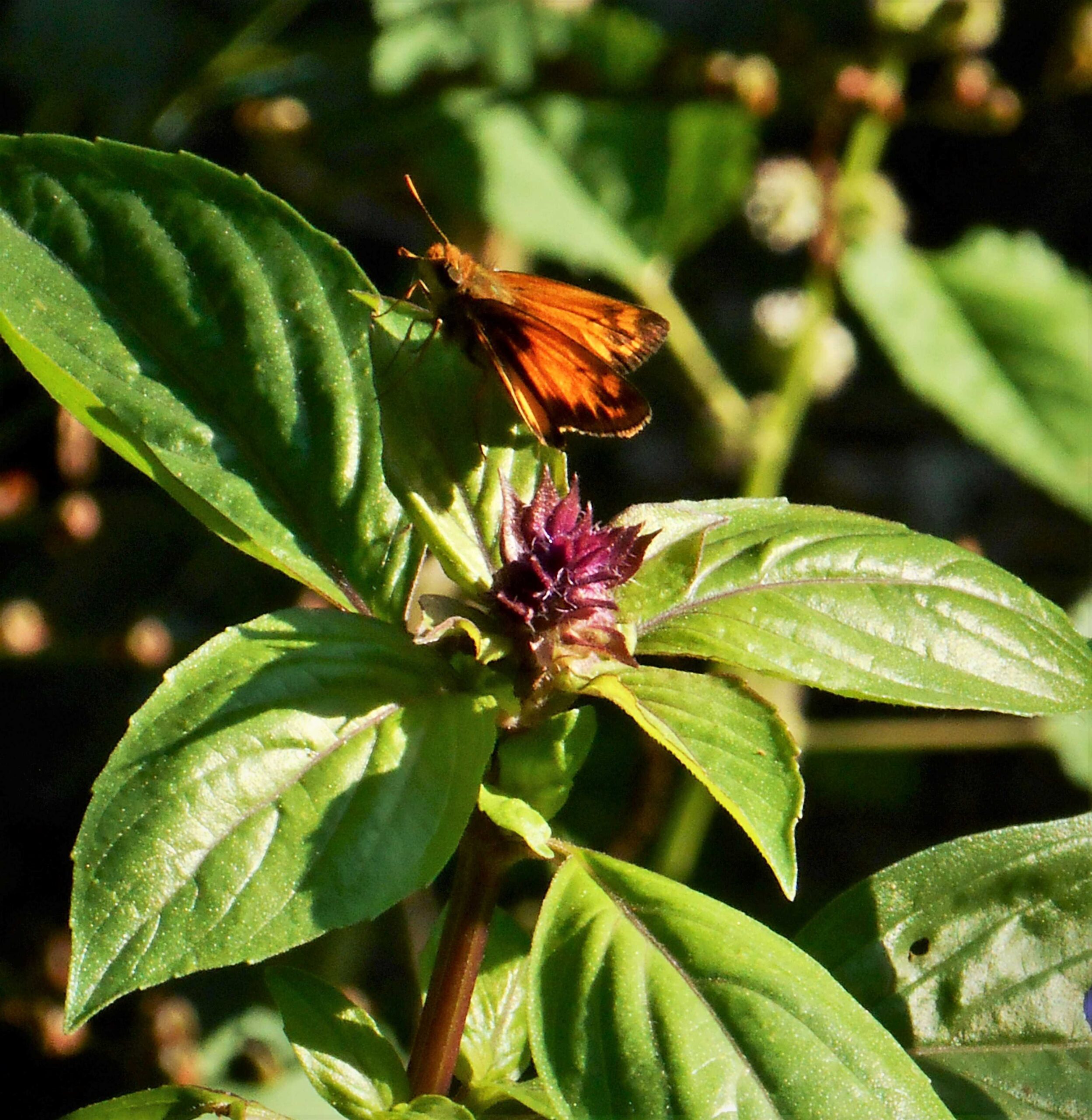Featured Plants for 2025
Let’s celebrate some of our more unusual and lesser-known native wildflowers in 2025. The Virginia Native Plant Society has chosen the Mayapple, Podophyllum peltatum, as its 2025 Wildflower of the Year. The Perennial Plant Association has also chosen a native wildflower, indigenous to Virginia, as its pick for 2025. Perennial Plant of the Year for 2025 The 2025 Perennial Plant of the Year is clustered mountain mint, Pycnanthemum muticum, a native wildflower in the mint, or Lamiaceae family. It...










